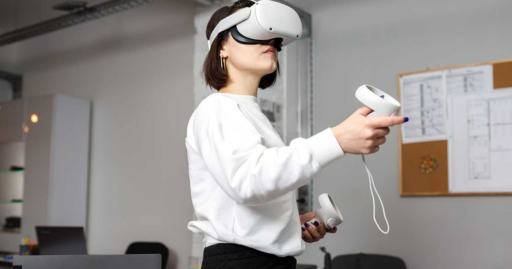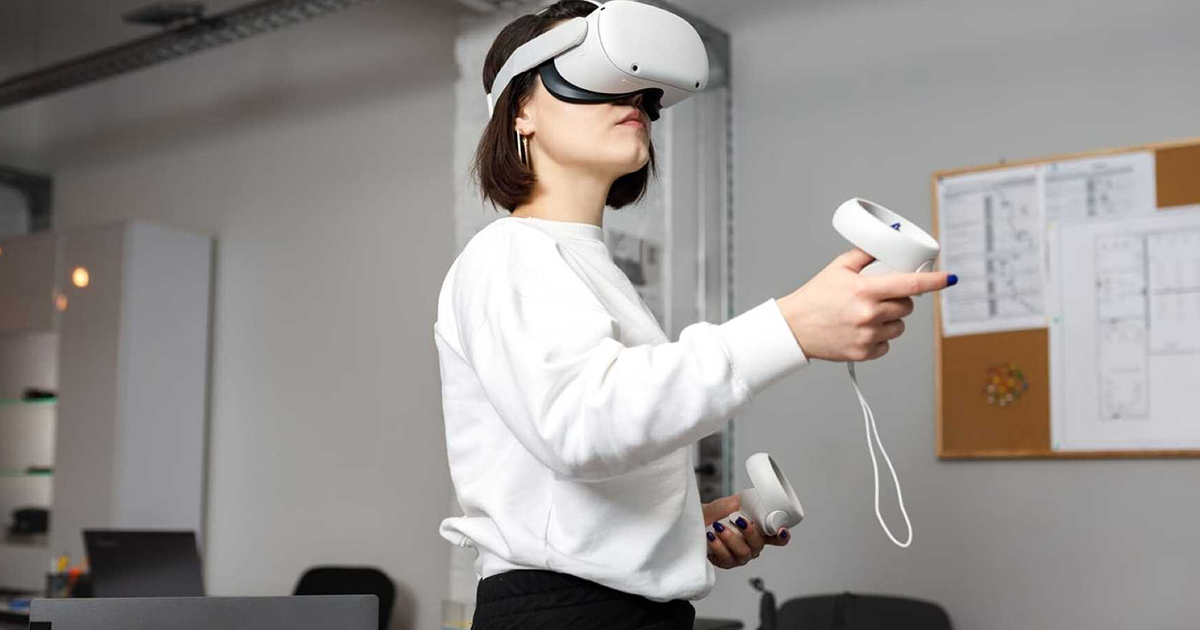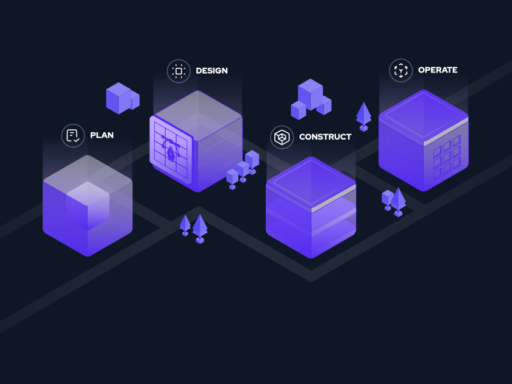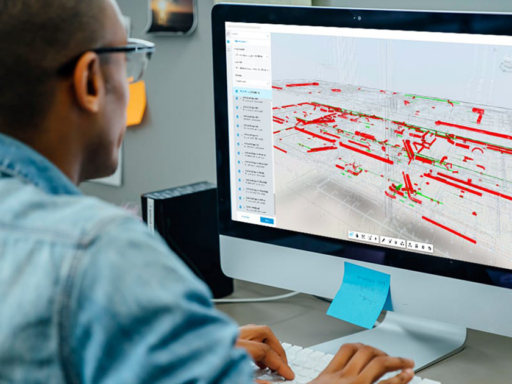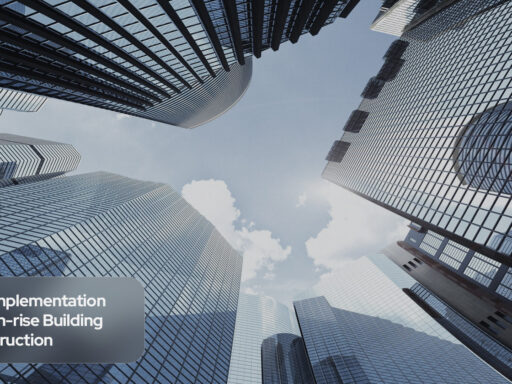The future of construction is rapidly evolving with the integration of Building Information Modeling (BIM) and Virtual Reality (VR). BIM allows for the creation of detailed 3D models, while VR immerses users in a virtual environment. Together, these technologies offer a range of benefits for the construction processes.
“Virtual reality enhances spatial perception and facilitates informed decision-making, ultimately improving project outcomes.” – Carola Bretz, Architect.
5 Benefits of Using Augmented Reality in the Construction Industry
- Improved Collaboration:
The dynamic duo of BIM and VR fosters real-time collaboration among architects, engineers, and contractors. This synergy minimizes errors and enhances efficiency, as stakeholders seamlessly contribute to the project from diverse locations. - Enhanced Visualization:
BIM and VR empower stakeholders to visualize the final project before construction commences, leveraging augmented reality. This capability not only refines project understanding but also aids in making critical decisions during the planning phase. - Efficient Project Management:
BIM and VR serve as invaluable tools for creating accurate construction schedules and identifying potential clashes or issues early in the process. This proactive approach streamlines project management, ensuring smoother workflows and timely completion. - Safer Construction Sites:
VR’s application in simulating construction site conditions facilitates worker training in a controlled environment, mitigating risks and reducing the likelihood of accidents and injuries. This safety-centric approach adds an extra layer of protection to construction sites. - Cost Savings:
BIM and VR collaboratively identify design flaws and potential construction issues before they manifest, resulting in substantial time and cost savings. This proactive problem-solving approach exemplifies the financial benefits of these technologies.
Virtual Reality and BIM: A Game-Changer in Construction
The combination of Virtual Reality and BIM is transforming the construction industry by creating a digital twin loaded with comprehensive project information. This holistic approach allows multidisciplinary collaboration, integrating data and perspectives from architects, engineers, contractors, and owners. The ability to manage projects comprehensively throughout their lifecycle enhances collaboration and informed decision-making, ultimately improving project outcomes.
Virtual Reality: Enhancing Construction Experiences
VR transcends traditional visualization, offering immersive experiences that allow professionals to interact with projects in a deeper and more meaningful way. From design to construction, virtual reality provides a new level of understanding and participation, enhancing spatial perception and facilitating informed decision-making. It also enables real-time collaboration among distributed teams, overcoming geographical limitations.
The Convergence of BIM and Virtual Reality
The convergence of BIM and virtual reality creates a comprehensive virtual construction environment that unleashes the full potential of both technologies. It enables construction simulation, safety training, and detailed project inspections, leading to the early detection of issues and streamlining the approval process. Despite notable advancements, the implementation of Building Information Modeling and augmented reality in construction faces cultural resistance and technical challenges.
“The convergence of BIM and virtual reality unleashes the full potential of both technologies, revolutionizing the construction industry.” – Carola Bretz, Architect.
Overcoming Challenges and Embracing the Future
Cultural resistance and technical challenges pose barriers to the widespread adoption of BIM and virtual reality in the construction industry. Overcoming these barriers requires exploring and addressing the cultural and technical obstacles, as well as establishing standards for interoperability between various BIM platforms and virtual reality systems. Continuous learning and adaptation to technological advancements are crucial for embracing the future of digitally built construction.
“Overcoming cultural resistance and technical challenges is crucial for embracing the future of digitally built construction.” – Carola Bretz, Architect.
Conclusion
The fusion of Building Information Modeling and virtual reality is propelling the construction industry into a digital era where informed decision-making, effective collaboration, and virtual construction are a reality. These technologies not only improve efficiency but also open new possibilities for creativity and innovation in construction. With a commitment to continuous learning and adaptation, the vision of a digitally built future is closer than ever.

